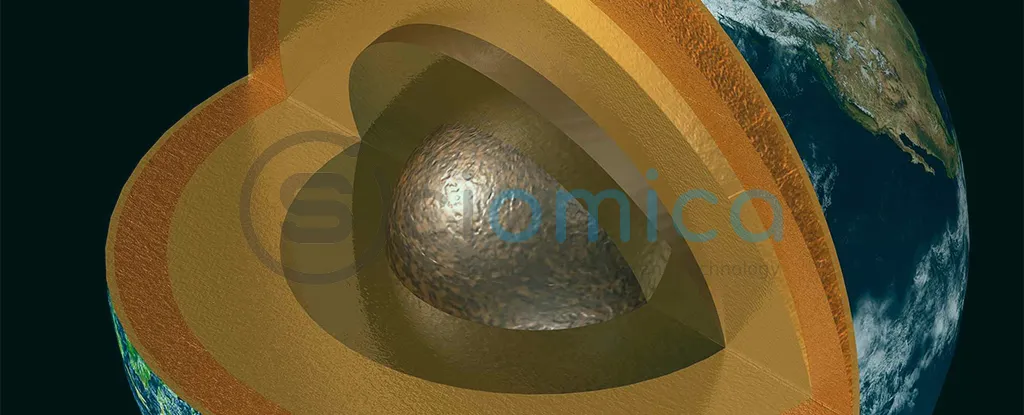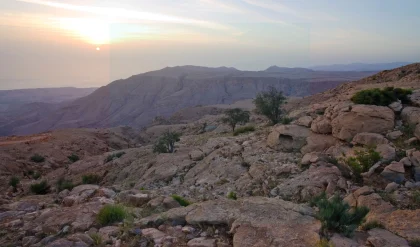
Deep beneath the Earth’s surface, approximately 2,700 kilometers (1,700 miles) down, lies a region known as the D” layer, a zone that has puzzled scientists for many years. Recent research from a collaboration between Swiss and Japanese scientists has shed light on the mysterious workings of this boundary layer, revealing that solid rock is not just static but flows in a particular manner.
Historically, the phenomena observed in the D” layer, particularly the unexpected acceleration of seismic waves as they transition through its boundary, have posed significant scientific questions. A 2004 study proposed that extreme pressures and temperatures could transform a lower mantle mineral known as perovskite into a new phase referred to as post-perovskite. This transformation was thought to play a role in the behavior of seismic waves. However, subsequent investigations found that this change alone could not fully account for the observed acceleration.
To further explore these phenomena, researchers utilized advanced computer simulations and laboratory experiments to establish a critical link between the orientation of post-perovskite crystals and the speed of seismic waves. Notably, the study’s lead researcher, geoscientist Motohiko Murakami from ETH Zurich, emphasized that they discovered the importance of having these crystals aligned in the same direction for seismic waves to travel faster through this region.
In their experiments, the research team managed to recreate the conditions of Earth’s deep layers on a smaller scale. They concluded that the directionality of the post-perovskite crystals is crucial to determining the material’s hardness and thus influences the propagation of waves through it. Alongside this finding, the researchers noted that the solid rock above the D” layer exhibits convection patterns—an indication that it too can flow. These convection currents, driven by the interplay between cooler sinking material and hotter ascending material, have demonstrated that this layer is not merely stationary.
The insights gained from this study help deepen our understanding of the complex interactions of heat, pressure, and movement that occur within the Earth. These dynamics are critical to geophysical phenomena, extending from volcanic eruptions to the characteristics of Earth’s magnetic field.
The core-mantle boundary (CMB), where Earth’s solid mantle meets the liquid outer core, continues to be a focal point for scientists. This transition zone represents a significant change in material properties, affecting various geophysical factors such as density and conductivity. Thus understanding the mechanics of the D” layer is essential for grasping the fundamental processes driving our planet’s geology.
Murakami remarked on the implications of their findings, stating, “Our discovery shows that the Earth is not only active on the surface but is also in motion deep inside.” While these insights answer several pressing questions regarding inner Earth dynamics, they also highlight that numerous mysteries remain unexplored.
The team’s findings have been published in the peer-reviewed journal Communications Earth & Environment, marking a significant step forward in geoscience and promising future research in understanding the complexities of our planet’s inner workings.






